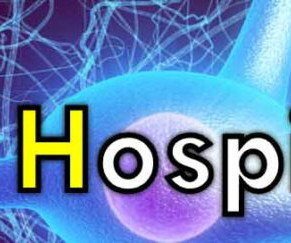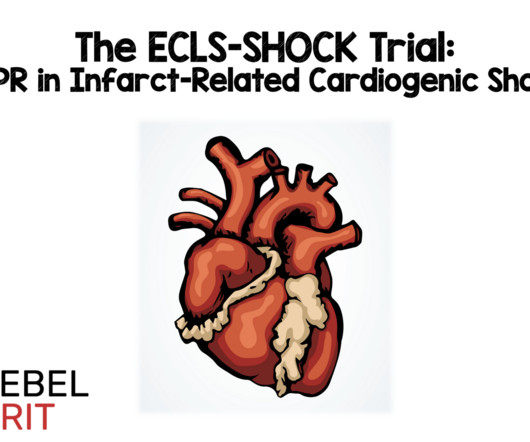Neurogenic Shock in Children
Pediatric EM Morsels
SEPTEMBER 22, 2023
To celebrate the end of trauma season ( is it ever really over? ), we here at the Ped EM Morsels Bakery have cooked up a morsel to remind you that pediatric trauma can be even more difficult than you think. Never fear. As our fearless leader likes to say: “children are not aliens, but they are a special population with unique anatomy and physiology.” Children compensate for blood and volume loss very well… until they don’t.












































Let's personalize your content